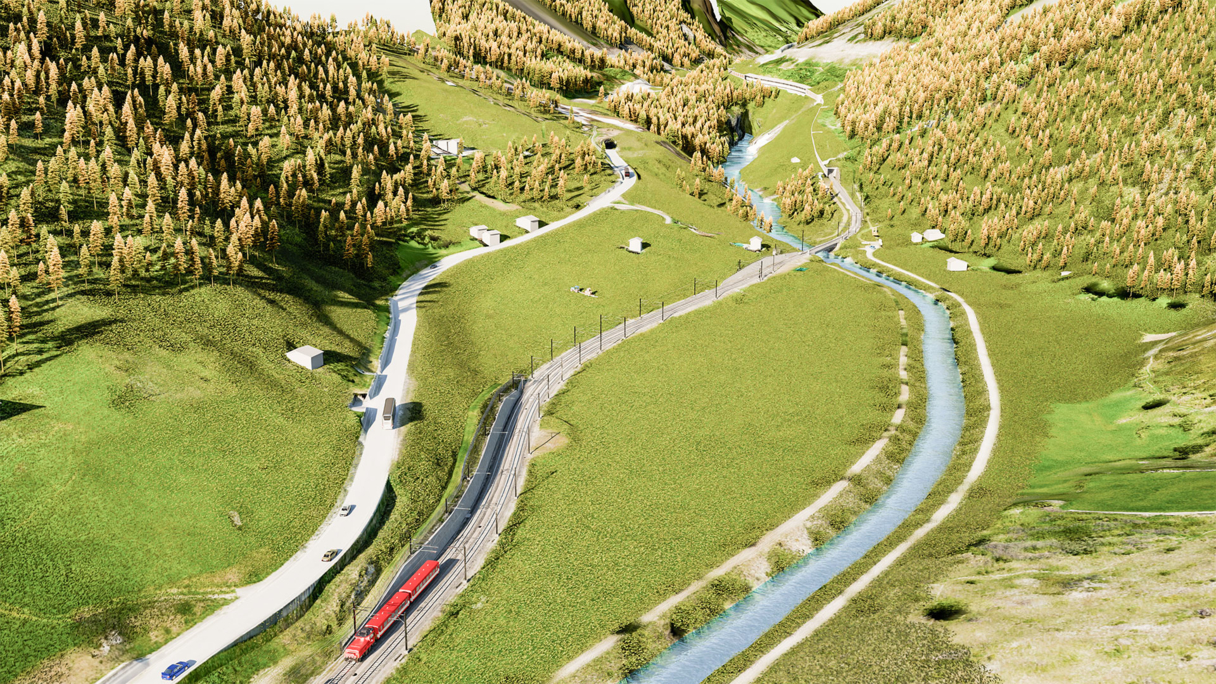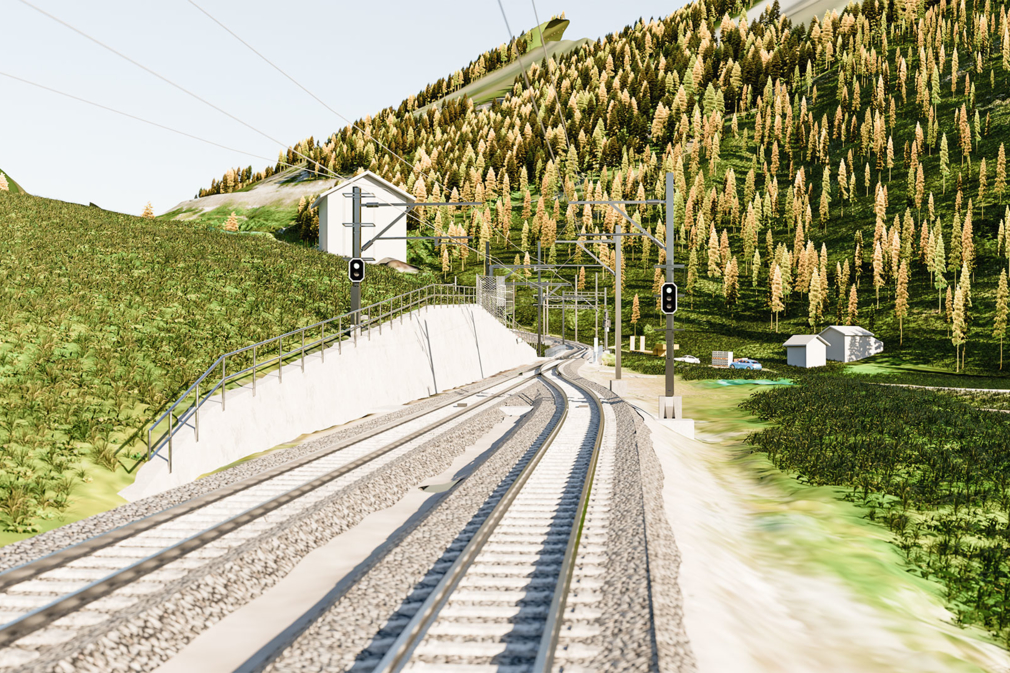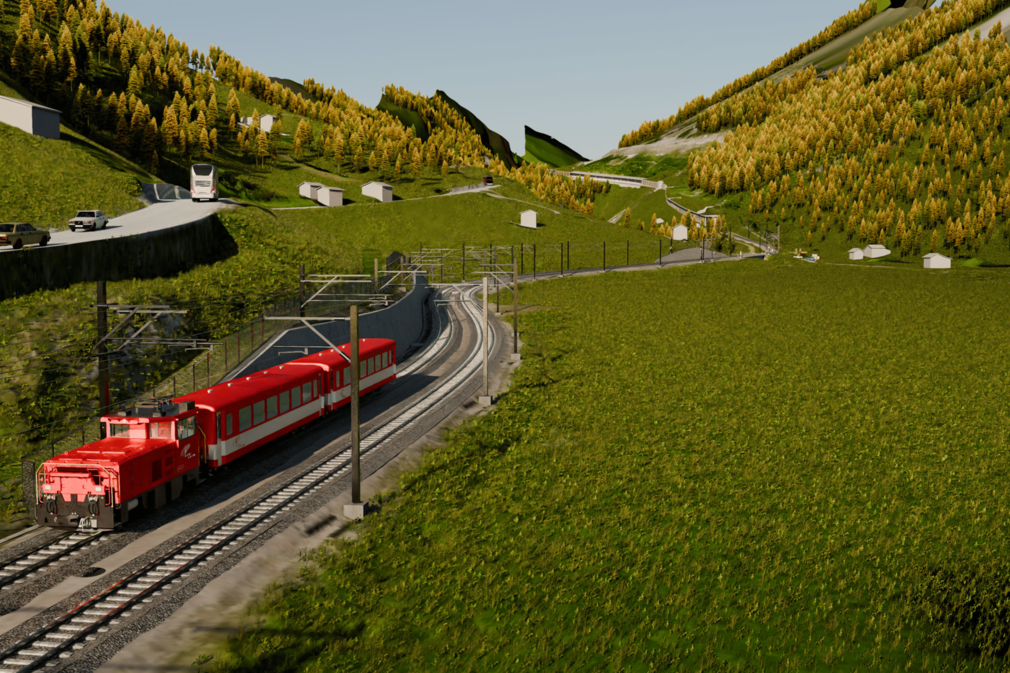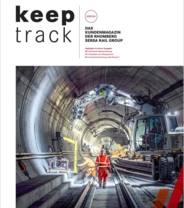A foundation for future-oriented planning and execution.
The planned Mattertal Tunnel of the Matterhorn Gotthard Bahn (MGB) will replace the existing rail link between Täsch and Zermatt in Switzerland, ensuring a safe and year-round connection.
To enable efficient planning, precise execution and long-term operation, MGB is relying on digital planning based on the BIM methodology.
Digital Rail Services (DRS) of Rhomberg Sersa Rail Group (RSRG) is providing high-precision modelling and preparation of existing condition data as a crucial foundation for the project.
openBIM Approach
Tunnel planning follows openBIM standards to enable interdisciplinary collaboration. The existing condition model data was provided in IFC 4.3 format, allowing seamless integration into the planning process for all project stakeholders. The data requirements were defined using an industry-recognised data catalogue, which greatly contributed to a clear and precise project brief.
Integration of Multiple Data Sources
A wide range of data sources was combined for the existing conditions model:
laser scanning, drone imagery, archived plans, GIS utility data, and the asset database of the Matterhorn Gotthard Bahn. The core geometric base was formed by georeferenced, high-precision point clouds. GNSS supported measurements were additionally used to record the exact positions of key utility lines in the model.
The MGB’s asset database was specifically used to enrich the model with further information – such as year of construction or condition rating for structural elements. Archived plans and inspection reports helped close geometric data gaps, for example in defining the width of a retaining wall. To ensure transparency and traceability, all data sources used were documented directly within the model.
Collaboration via the Project CDE
All data was stored in MGB’s project CDE (Common Data Environment), enabling fully model-based coordination. Change requests were no longer sent by email but were located directly in the model and passed on via defined project interfaces. This enabled more efficient communication and ensured traceable updates exactly where they matter - in the model itself.
A Reliable Basis for Further Planning
The digital existing conditions model provides a dependable foundation for all project stakeholders. It not only supports tunnel design but also offers valuable input for logistics, deconstruction planning, and even for communication with local residents.
With this work, Rhomberg Sersa Rail Group and its Digital Rail Services division are proud to contribute to future-oriented, precise and efficient project planning and delivery.




